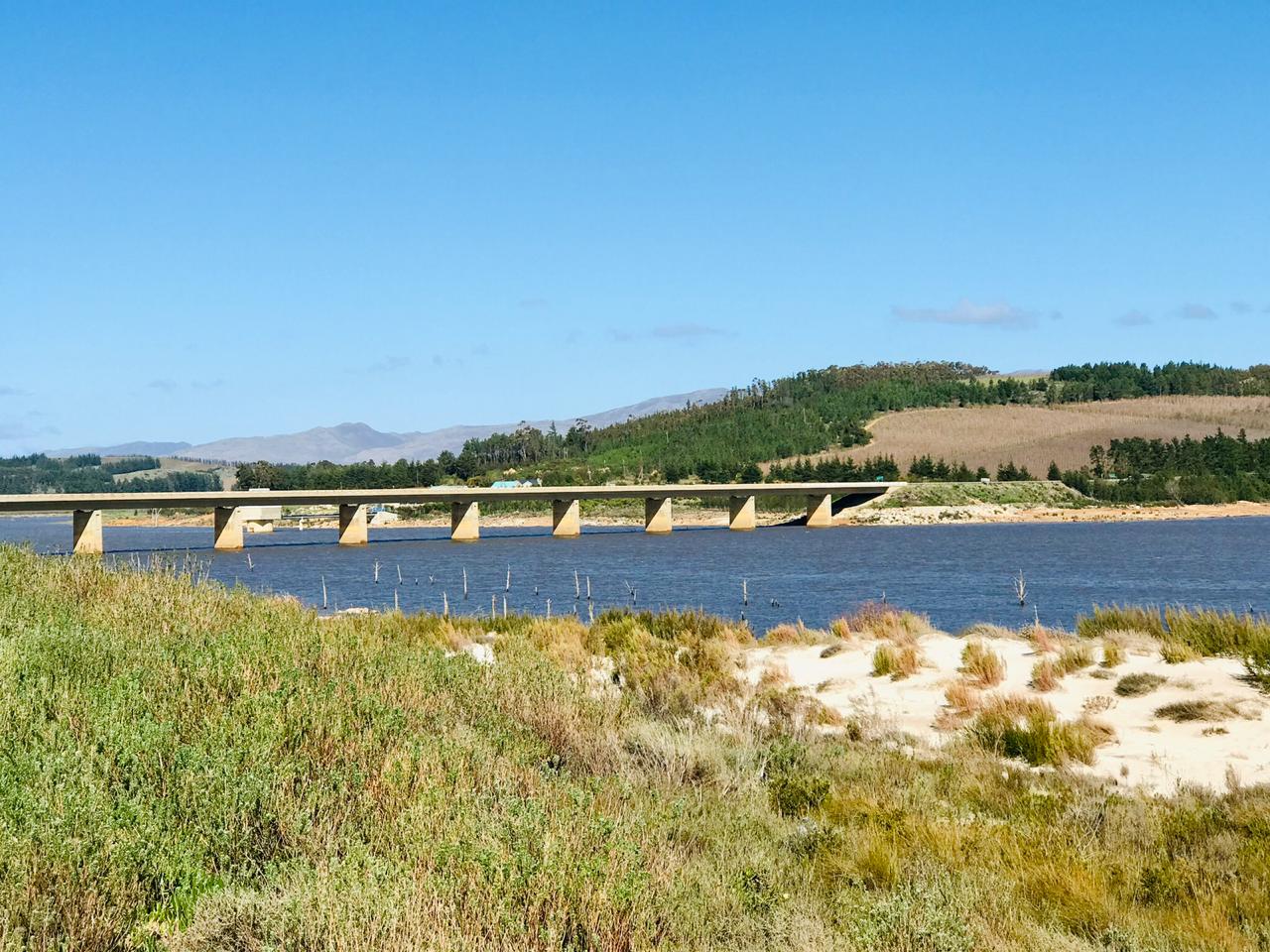Water consumption for the same period decreased by seven million litres per day from an average of 654 million litres per day the previous week to 647 million litres per day.
At the same time last year, dam levels were at 81,9%.
The increasing dam levels over recent weeks, due to rainfall coupled with the decrease in water demand, has generated questions from residents about water tariffs.
Here is the City’s argument:
• Tariffs are currently on Level 1 and are much lower than during the peak of the drought.
• On Level 1 tariffs, the second lowest tariff level, residents pay less than 2 cents per litre of water in the first step of the tariff (i.e. for the first 6 000 litres used) versus an average of R10 for a litre of bottled shop water.
• The City will need to consider whether to move to the lowest tariff, being the no-restriction, water-wise tariff, over the coming months. Importantly, that decision is based on how much water is likely to be sold so that water services can still be paid for, rather than how much water is in the dams.
• The fixed basic charge is not an ‘additional’, ‘temporary’ or ‘penalty’ charge. It forms part of the total water tariff, which covers the cost of providing and maintaining a reliable water service. It also contributes to our augmentation projects to increase the resilience of our water supply to future climatic shocks by diversifying our water sources, and not largely rely on surface water, such as dams.
• Residents who are registered as indigent are exempt from paying the fixed basic charge portion of the water tariff and continue to receive an allocation of free water.
• The City does not budget for profit/surplus from the sale of water and seeks to keep costs of service delivery as low as possible.
• The City’s tariff increases for 2020/2021 financial year were among the lowest in the country.




